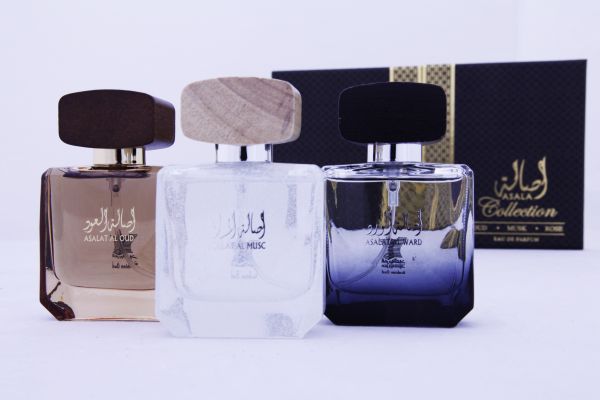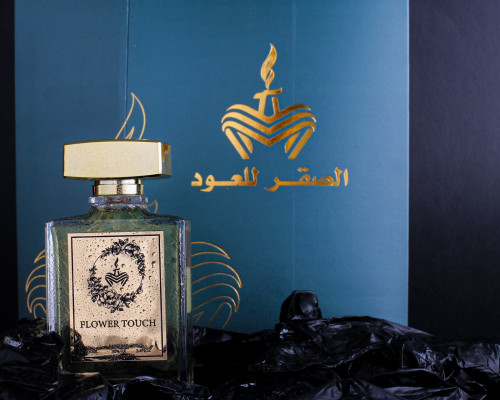
ميكسات اغالي عطر صقر الجزيره دمار شامل 🙋🏻 صقر_الجزيرة ملفت للانتباه و يجذب الأنظار من حولك - YouTube

العربية للعود a Twitter: "الآن ولفترة محدودة 🎉 #عروض يناير من #العربية_للعود 😍❤️ احصل على #عطر " صقر الصحراء " بسعر مميز 👌🏻 حصرياً على #المتجر_الإلكتروني 🛒🎊 https://t.co/5QPl37IF2P https://t.co/LzCdITLtEP" / Twitter

العربية للعود on Twitter: "عطر " صقر الصحراء " #العربية_للعود عطرٌ عصري لذائقة فريدة .. https://t.co/5QPl37IF2P https://t.co/XuRneZV22K" / Twitter











